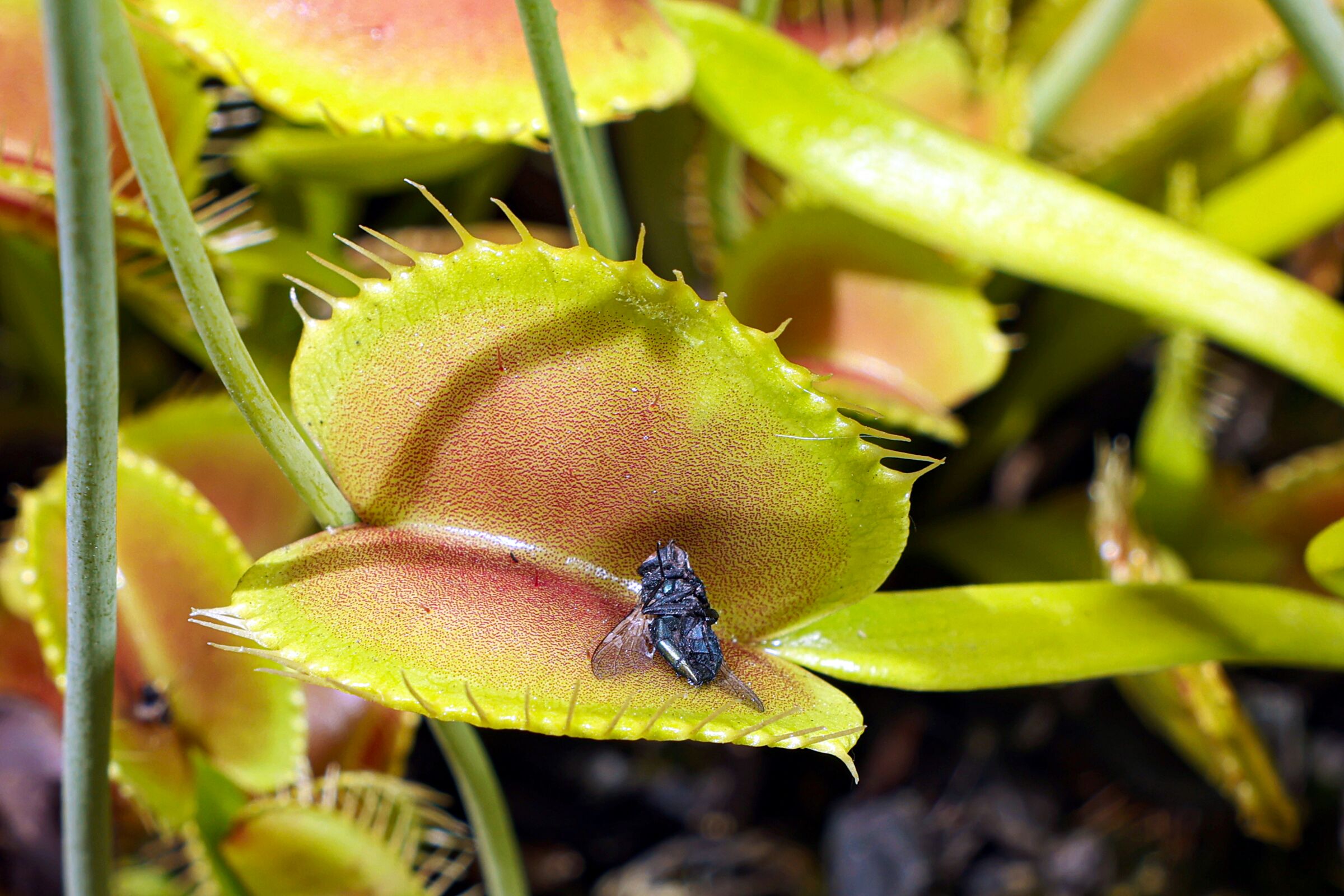The Venus flytrap and pitcher plant are both well-known carnivorous plants that have adapted to consume insects and small animals. The Venus flytrap has heart-shaped leaves that close together to trap insects, while the pitcher plant has large, tubular leaves with digestive fluids that trap insects and make it difficult for them to climb out. Both plants have evolved unique adaptations to survive in nutrient-poor environments, and their distinct characteristics make them equally fascinating to study and observe. It’s difficult to decide which plant is more interesting as they are both incredible examples of nature’s ingenuity.
Venus Flytrap vs. Pitcher Plant: Which Carnivorous Plant is Most Fascinating?
Carnivorous plants are a wonder of nature. They are a unique type of plant that eats insects and small animals to survive. Among the different types of carnivorous plants, the Venus flytrap and pitcher plant are two of the most well-known. Both plants have distinct characteristics that set them apart, but which one is the most fascinating? Let’s compare and contrast these two amazing plants to answer this question.
The Venus Flytrap
The Venus flytrap, native to the wetlands of the southeastern United States, is a small plant with leaves that resemble a mouth filled with sharp teeth. The plant uses these “teeth” to catch and trap insects like ants and flies.
Physical Characteristics
Venus flytraps have heart-shaped leaves with two halves that close together when triggered by the touch of an insect. The leaves have small trigger hairs on their inner surface that, when bent twice in a row, signal the leaf to snap shut, trapping the insect inside.
Behavior and Adaptations
The Venus flytrap has evolved a unique adaptation to its environment. Since the soil where it grows is low in nutrients, it has developed the ability to consume insects to supplement its diet. The plant is also able to release digestive enzymes, which break down the insect’s protein into nutrients that the plant can absorb.
The Pitcher Plant
The pitcher plant, found in the wetlands of North America, is a larger carnivorous plant that uses its tubular leaves to trap insects. These leaves are filled with digestive fluids that help break down the insects and absorb their nutrients.
Physical Characteristics
The leaves of the pitcher plant are tube-shaped and often brightly colored, with a slippery interior that prevents insects from escaping once they enter. Some types of pitcher plants also have a lid that covers the opening of the tube, further trapping the insects inside.
Behavior and Adaptations
Like the Venus flytrap, the pitcher plant has evolved the ability to consume insects to supplement its diet. The plant also has a unique adaptation to help it survive in its wetland environment: its leaves are lined with downward-facing hairs that make it difficult for insects to climb out once they fall in.
Comparing and Contrasting Venus Flytraps and Pitcher Plants
Physical Characteristics
While both plants are carnivorous and have adaptations to catch insects, their physical characteristics are quite different. The Venus flytrap has smaller, heart-shaped leaves with trigger hairs that close together to trap insects. In contrast, the pitcher plant has larger, tubular leaves with slippery interiors that trap insects and make it difficult for them to climb out. Some pitcher plants even have a lid that covers the opening of their leaves.
Behavior and Adaptations
The Venus flytrap and pitcher plant have both evolved unique adaptations to help them survive in their environment. The Venus flytrap can release digestive enzymes to break down insects and absorb their nutrients. The pitcher plant, on the other hand, has downward-facing hairs on its leaves that make it difficult for insects to climb back out once they fall in.
Which is More Fascinating?
Both plants are extremely fascinating in their own way, and it’s difficult to say which one is more interesting. The Venus flytrap’s quick snapping motion and trigger hairs are impressive, while the pitcher plant’s bright colors and unique shape make it stand out. Additionally, both plants have evolved incredible adaptations to survive in their nutrient-poor environments.
Conclusion
Both the Venus flytrap and pitcher plant are incredible examples of nature’s ingenuity. Their unique adaptations and carnivorous behavior make them truly fascinating plants to study and observe. While both plants have their own distinct characteristics, they are equally impressive in their own way, making it difficult to decide which is the most fascinating.
